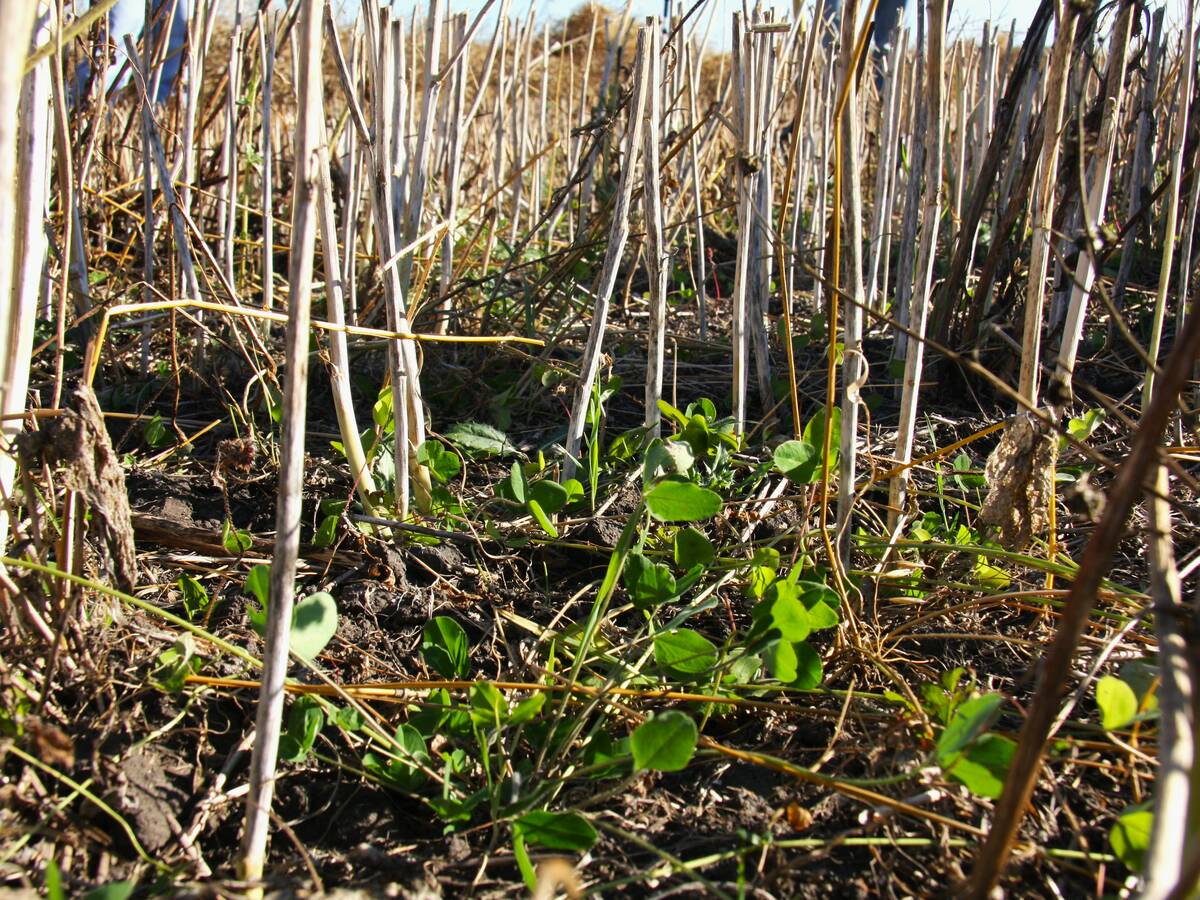The latest survey finds that wild oats continues to be the most common herbicide resistant weed in the province
The latest Saskatchewan weed survey indicates herbicide resistance continues to spread, and more than half of the seeded fields in the province have herbicide resistant weeds.
“We haven’t finished the screening in the 2014-15 survey, but we expect well over 50 percent of cultivated land in Saskatchewan have a herbicide resistant weed,” said Agriculture Canada herbicide resistant weed expert Hugh Beckie.
In the early 2000s, a base line survey in Saskatchewan found that about 20 percent of fields had a herbicide resistant weed.
About 40 percent of fields had a herbicide resistant weed when the survey was repeated in the late 2000s.
Read Also

Saskatchewan project sees intercrop, cover crop benefit
An Indigenous-led Living Lab has been researching regenerative techniques is encouraging producers to consider incorporating intercrops and cover crops with their rotations.
In the 2014-15 survey 2,300 fields were observed in July after growers applied foliar herbicides so that only the weeds growers were not controlling were spotted.
Wild oats continue to be the most common herbicide resistant weed in Saskatchewan.
“Wild oats is the number one problem because we find populations resistant to a number of herbicides. When you look at some other annual grasses, we have green foxtail which is a problem particularly in Manitoba but also in eastern Saskatchewan,” Beckie said during the Herbicide Resistance Summit in Saskatoon.
Herbicide resistant annual broadleafs such as cleavers, kochia and wild mustard cause grief for cereal growers, but are especially problematic for pulse growers.
“Certainly the trend is continuing upward which is what our model predictions indicate. We don’t have any new herbicide chemistries in the last 30 years so growers are going to have to use the same tools to manage their populations whether they are resistant or not,” Beckie said.
The number of herbicide resistant weeds continues to increase, not only because of the lack of new modes of action to kill them but also because they can easily spread from field to field.
This summer Beckie, along with his colleague Julia Leeson and in co-operation with Manitoba Agriculture, will survey Manitoba fields for herbicide resistant weeds.
In 2017, Beckie hopes to complete this round of surveys by monitoring Alberta fields.
“That will really give us some good trend lines in terms of how fast is resistance developing, especially with weeds like kochia that we know can spread rapidly.”
robin.booker@producer.com















